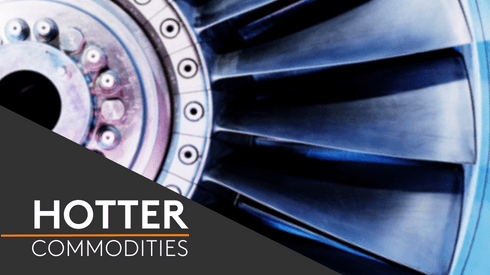The push for cleaner energy is supercharging the electric vehicle (EV) market with Asia in the driver’s seat. This is also pushing up demand for electrical steel.
Asia’s green machine
Asia is now the main center of electric vehicle production, with China the clear market leader in production and sales.
China has made new energy vehicles like electric cars and hybrids one of its seven strategic emerging industries and has rolled out a bunch of policies to support the development of new energy vehicles and their supply chains, focusing on supporting the localization of parts and components with higher technical barriers to replacement.
Asia also has the highest penetration rates of electric vehicles, according to the International Energy Agency.
In 2023, China leads sales share of new electric vehicles at 38%, compared to Germany and United Kingdom both at 24% and France at 25%. The United States has a penetration rate of 9.5%. Other countries in Asia are lagging, with South Korea at 7.9%, Japan at 3.6% and India at 2%.
The low penetration rates globally point to a staggering potential for uptake in electric vehicle usage, and coupled with a relatively small number of electrical steel producers around the world, there exists the likelihood that electrical steel will be in tight supply in the future.
According to IEA electrical vehicle data, the global electric vehicle fleet is set to grow twelve-fold by 2035, from 45 million in 2023 to 250 million in 2030 and 525 million in 2035. This means more than one in four vehicles on the road will be electric.
China is expected to surpass 50% electric car sales share as early as 2025, while Europe is expected to see 85-90% EV sales share by 2035. The US is expected to see more than 70% EV sales share by 2035 due to supportive policies. India is expected to reach 50-60% EV sales share by 2035.
While major steelmakers around the world are also actively investing in expanding their high-grade non-oriented electrical steel production capacity. For example, JFE Steel tying up with Indian steelmaker JSW Steel to produce electrical steel in Karnataka, it may not be sufficient to keep pace with projected global demand.
New price launches in Asia for China, India electrical steel prices
It is against this backdrop that Fastmarkets is launching new electrical steel prices for the China domestic and India import markets, amid rising calls from market participants for more price transparency into this growing market. Find out more about our electrical steel prices.





